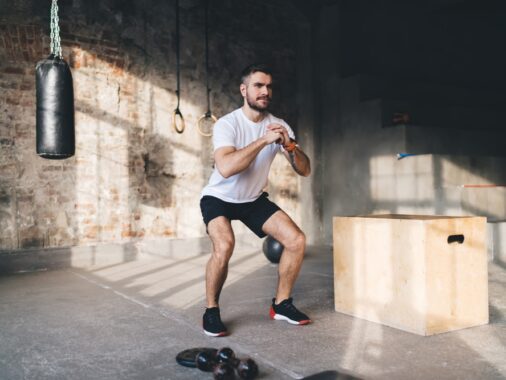Are you curious about how a lower facelift can rejuvenate your appearance?
Understanding the different techniques of lower facelift surgery is crucial. This knowledge can help you make informed decisions. Each method offers unique benefits. You’ll learn which option suits you best.
Ready to explore your possibilities? Keep reading to uncover more about the types of lower facelift procedures.
Traditional Upper Facelift
A traditional upper facelift targets the upper part of the face. This procedure focuses on the forehead, eyebrow area, and the skin around the eyes.
It aims to reduce wrinkles and sagging in these areas. Surgeons make incisions near the hairline. This allows them to lift and tighten the skin.
Recovery from a traditional upper facelift can take several weeks. Patients may experience swelling and bruising during this time. Following your surgeon’s instructions is important for a smooth recovery. Many patients report high satisfaction with the results.
Traditional Lower Facelift
A traditional lower facelift focuses on areas such as the jawline and neck. It aims to improve sagging skin and reduce the appearance of deep wrinkles. Surgeons make incisions around the ears and sometimes the hairline.
Lower facelift recovery can vary from person to person. Most patients experience some swelling and bruising.
Following your surgeon’s aftercare instructions is important. This can help ensure a smooth and speedy recovery. Many patients start to see noticeable improvements as the healing process continues.
Lower Face and Neck Lift
The lower face and neck lift targets both the lower face and the neck areas. This procedure is designed to improve sagging skin and remove excess fat.
It focuses on areas such as the jawline, chin, and neck. The results can be dramatic, giving you a more youthful and contoured appearance.
Recovery from a lower face and neck lift varies for each patient. It is common to experience some swelling and bruising.
These symptoms usually start to subside after a week. This will help you heal smoothly and quickly. Avoid heavy lifting and strenuous activities for a few weeks.
Deep Plane Facelift
A deep plane facelift targets the deeper layers of the face. It aims to lift not just the skin but also the underlying muscles and tissues.
Surgeons make incisions along the hairline and ears. The result is a more natural and longer-lasting youthful look.
Recovery from a deep plane facelift can take a few weeks. Swelling and bruising are common but usually subside after the first week.
Following the surgeon’s aftercare instructions is key. This helps to ensure a smooth recovery. Most patients can return to normal activities within a few weeks.
Thread Lift
A thread lift is a minimally invasive facelift procedure. This has the effect of lifting and tightening the face.
The threads used in this procedure are often made of biodegradable materials. They dissolve over time, which stimulates the body’s healing response.
Recovery from a thread lift is generally quick. Most patients experience minor swelling and bruising. These symptoms usually go away within a few days.
Patients can often return to normal activities almost immediately. The results of a thread lift are less dramatic than more invasive surgeries.
Explore the Various Techniques in Lower Facelift
Choosing the right lower facelift technique can be challenging. All options have benefits and risks.
Think about what you want and talk to a surgeon. They can guide you to the best choice for your needs.
Each method can help you look younger and feel better. Recovery times vary, but the following advice can help. Your journey to a refreshed appearance starts with understanding these choices.
Visit our blog for more!





